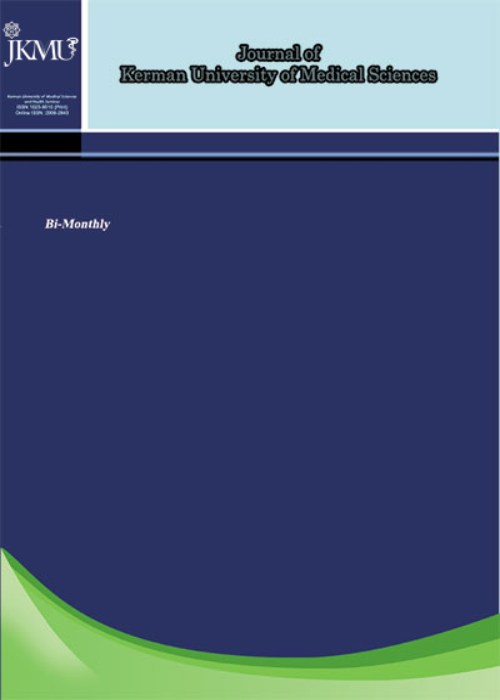Evaluation of Shear Bond Strength between Amalgam and Composite: An in vitro Study
Author(s):
Abstract:
Background and Aims
Repair of defective restoration is more conservative than replacing it. Veneering the amalgam restorations with opaque resin materials can satisfy the esthetic demands. Evaluation of interfacial bond quality between amalgam and composite surface is one of the important factors in assessing the quality of repaired amalgam which can be achieved by micro leakage test and bond strength test. The aim of this study was to assess the effect of introduced amalgam and also the bonding agent on shear bond strength of amalgam and composite interface. Methods
First¡ 72 acrylic models (20*33 mm) were provided and categorized into two groups of A and B. we used Tytin (kerr¡USA) amalgam in group A and Cinalux (Shahid faghihi¡ Tehran) amalgam in group B. Amalgam surface was scratched by using a diamond bur. All the groups were etched and rinsed. In A1 group¡ nothing was done after etching and rinsing. In A2 group¡ single bond and in A3 group Excite was used. B1¡ B2 and B3 groups were respectively prepared like A1¡ A2 and A3 groups. DenFil composite was used in all groups. Shear bond strength was assessed by using Universal testing machine. All the specimens were seen under stereo microscope (Olympus¡ Germany) with 75% magnification. Tukey HSD test was used for statistical analysis. Results
In the groups which were filled with Tytin¡ A3 group had significantly higher bond strength than A1 group (P=0.001). In groups which were filled with Sinalux¡ B3 group had significantly higher bond strength than B1 and B2 groups (P=0.001 and 0.03 respectively). Bond strength was significantly higher in A1 compare to B1¡ A2 compare to B2¡ and A3 compared to B3 (P=0.001). Conclusion
According to the obtained results¡ the type of introduced amalgam and also the bonding agent can affect shear bond strength of amalgam and composite interface. Tytin amalgam compared to Cinalux amalgam can create more shear bond strength. Also¡ excite bonding causes higher bond strength compared to single bond. Keywords:
Language:
Persian
Published:
Journal of Kerman University of Medical Sciences, Volume:23 Issue: 6, 2017
Pages:
783 to 789
magiran.com/p1637648
دانلود و مطالعه متن این مقاله با یکی از روشهای زیر امکان پذیر است:
اشتراک شخصی
با عضویت و پرداخت آنلاین حق اشتراک یکساله به مبلغ 1,390,000ريال میتوانید 70 عنوان مطلب دانلود کنید!
اشتراک سازمانی
به کتابخانه دانشگاه یا محل کار خود پیشنهاد کنید تا اشتراک سازمانی این پایگاه را برای دسترسی نامحدود همه کاربران به متن مطالب تهیه نمایند!
توجه!
- حق عضویت دریافتی صرف حمایت از نشریات عضو و نگهداری، تکمیل و توسعه مگیران میشود.
- پرداخت حق اشتراک و دانلود مقالات اجازه بازنشر آن در سایر رسانههای چاپی و دیجیتال را به کاربر نمیدهد.
In order to view content subscription is required
Personal subscription
Subscribe magiran.com for 70 € euros via PayPal and download 70 articles during a year.
Organization subscription
Please contact us to subscribe your university or library for unlimited access!


